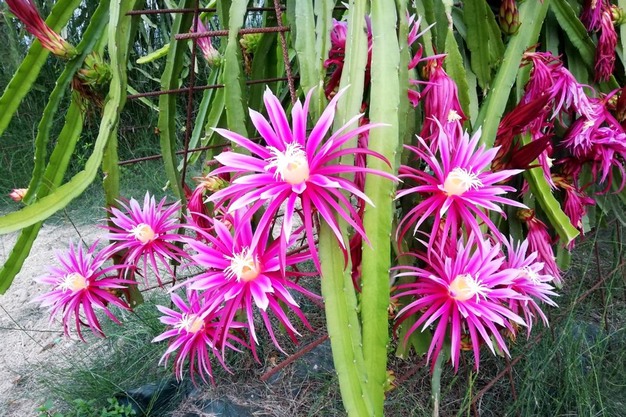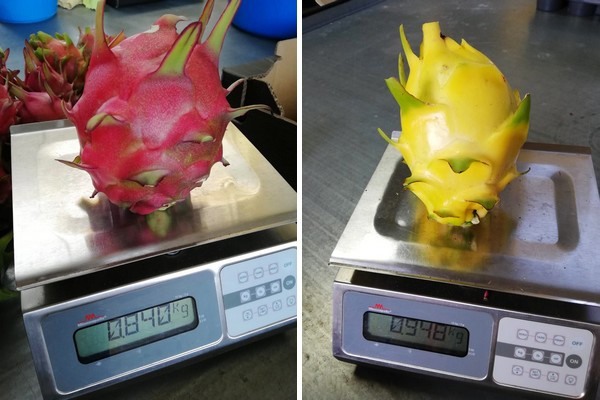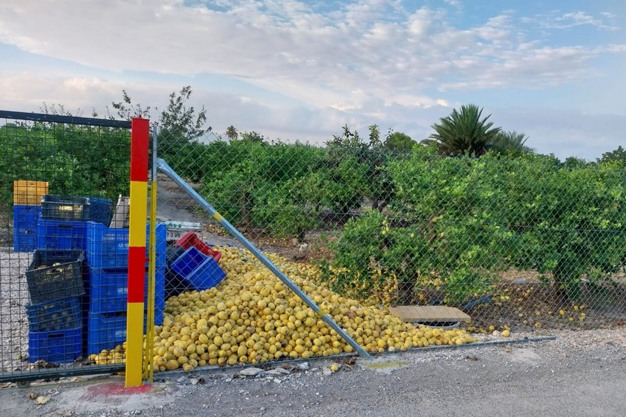Pitaya cultivation has become popular in Spain and has increased significantly in recent years in areas such as Murcia and Alicante, where there are more and more hectares of pitaya alongside the region's traditional vegetable crops.

"We are currently in the middle of the pitaya season. In my case, production has been reduced due to a problem I had with the ventilation of my greenhouse in spring. The climate control did not work on a very hot day because of a general power outage. As a result, the vents did not open and we lost a large number of plants, so now I have between 2,000 and 3,000 kilos less than last year," stated José Manuel Rodríguez Pastor, manager of Rosa Pitaya.
"This was a one-off production problem. However, what's noticeable is that pitaya prices have fallen after production has grown so much these years. Those who can produce and export many kilos can get better returns, but things are different if you have small or medium-sized plantations and sell your product domestically. Prices in September have increased slightly to €3.5 to €4/kg for the most commercial sizes, but in August wholesalers were selling them at €1- €2/kg."

"Pitaya production occurs in waves corresponding to the different blooms. The harvest takes place more or less at the same time in all the growing areas, so when a wave of fruit comes out, everyone tries to sell their crop. As a result, prices fall, just like in August," José Manuel stated.
"Pitaya is still profitable," he notes, "but it involves a lot of work and many hours of work, which we often don't want to admit. Last season, I sold my farm mandarins, which I grew without having a greenhouse or having to pollinate by hand, for 1.20 euros. When you produce pitaya you have to collect pollen, pollinate, remove the suckers, harvest the fruit, clean it, and pack it. In contrast, I didn't even have to harvest the mandarins. They came to harvest the fruit and took it away without me having to do anything."

"However, it is logical that people in Murcia and Alicante are trying alternative crops to the traditionally grown here. Mandarin and citrus crops in general here are exposed to hail and pests such as cochineal, which are causing a lot of damage this year. I have been affected by this. Mandarins in particular always sell, at higher or lower prices, but -as we've seen with lemons this season- that is not the case for all citrus fruits."

"This year has been a disaster. I have seen neighbors of my farm uprooting entire plots of unharvested lemon trees, and there were farmers who not only earned nothing but also had to pay for the fruit to be removed from the trees and transported away."

"This year, when I had problems with the pitayas because of the greenhouse issue, I even asked myself if it was worthwhile to continue expanding production. I'm 60 years old and I'm close to retirement. When I see how other farmers in my area are doing, I start thinking about things. I wonder what to grow. I also wonder what will happen when all the farmers who continue to grow their products despite not being paid well as consumer prices continue to soar and that sometimes lose everything to hailstorms or other issues, are no longer around."
 For more information:
For more information:
Rosa Pitaya
Alicante, Spain
Tel: +34 655 97 40 91
Email: [email protected]
https://rosapitaya.com










